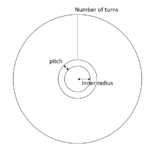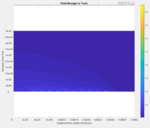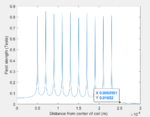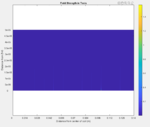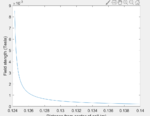Salvador12
Full Member level 4
Hello, is there any calculator or formula that is straight forward where I could calculate the B field strength adjacent aka right next to the flat plane of a planar coil?
Also would that formula take into account frequency/reactance of the coil and B field strength within given parameters because I would like to use the coil as an air core coil.
thanks.
Also would that formula take into account frequency/reactance of the coil and B field strength within given parameters because I would like to use the coil as an air core coil.
thanks.

